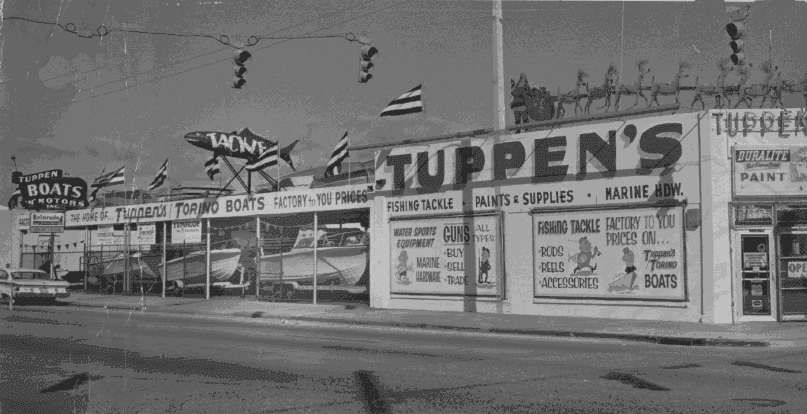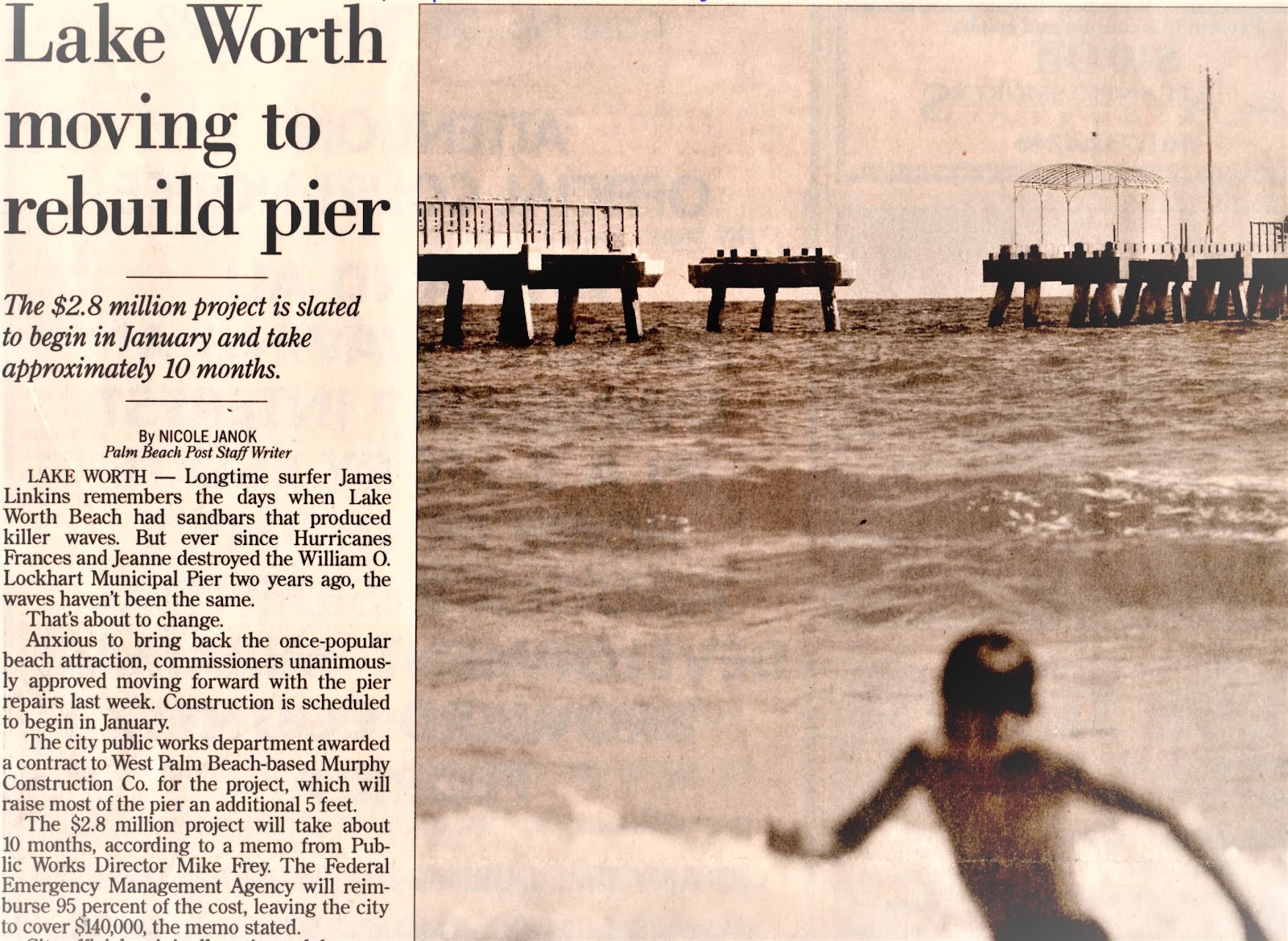Administrative Law Judge Robert E. Meale, in a 277 page decision, recommends the FDEP deny the Town of Palm Beach a permit to dredge 724,000 cu. yds. of poor quality sand onto local beaches.
Judge Meale determined the engineering consulting firm for the Town of Palm Beach, essentially played a numbers game to obtain the necessary project permits. On page 127 Judge Meale states “…CPE's reliance on GENESIS [sand transport model] was an embarrassment, and its predicted limits of longshore transport were worthless. Frankly, the main effect of GENESIS in this case is to cast doubt on CPE's other assurances concerning the performance of this project…
The judge took a firm stand on reef protection (page 231): “Because of the rare confluence of conditions required for its creation, the Florida Reef Tract cannot be replaced in any timeframe short of geologic time, so its protection, even from remote risks, must be a matter of exceptional regulatory concern.” “…the performance of the beach, filled with excessive fines, poses a potential threat to the offshore reef. Storm-driven plumes of unnatural turbidity can carry these particles from [the fill area] Reach 8 to the offshore reef, where they may settle on the coral, obviously harming or killing this critical resource.
The ruling reads like a laundry list of potential crimes against nature:
- Palm Beach has failed to undertake a monitoring program to assure that the project does not have an adverse impact on the Florida Reef Tract.
- Palm Beach has failed to provide adequate engineering data concerning shoreline stability and performance, post-construction, and the potential impacts of the project upon the beach-dune system of Reach 8.
- Palm Beach has failed to provide sufficient mitigation to assure the performance of the Permit with respect to the covering of hardbottom.
- Palm Beach has failed to provide reasonable assurance that the direct and indirect coverage of hardbottom will be limited to 6.9 acres, so it has failed to provide adequate mitigation.
- Palm Beach has failed to provide any mitigation whatsoever for the expected deaths of five juvenile green turtles from the loss of 6.9 acres of hardbottom and additional juvenile sea turtles from the loss of additional hardbottom.
- Palm Beach has failed to provide any mitigation for the turbidity that would result from the project and deprive a wide range of species from the use of these beach and nearshore habitats, other than the mitigated hardbottom, for a period of about one year.
- Palm Beach has failed to justify the scope of this project, given the large overfill factor that results from the relatively large discrepancy between the mean grain size of the sand source and the existing beach.
- Palm Beach has failed to establish that Reach 8 is eroding, especially the majority of it that is not designated CEB [critically eroded beach].
- Palm Beach has failed to justify the use of a limited resource--offshore sand--to restore considerable lengths of nonCEB, especially where they may be other, dissipative beaches that are CEBs…
- Palm Beach has failed to show that the proposed project would produce a net positive benefit to the coastal system. To the contrary, the project would produce a net negative impact to the coastal system, again due to the use of excessive fines in the fill. The impacts from turbidity are unmitigated; the impacts from hardbottom coverage are only partly mitigated.
- Palm Beach has failed to protect all of the environmental functions of Florida's beaches by proposing to fill Reach 8 with fill whose mean grain size is little more than half the mean grain size of the existing beach and will not maintain the general character and functionality of the beach, dune, and coastal system of Reach 8.
- Palm Beach has failed to provide reasonable assurance that the project protects the water resources of the district from harm.
- Palm Beach has failed to provide reasonable assurance that the project is not contrary to the public interest.
- Palm Beach failed to show that the project would satisfy any one of the public-interest criteria except the criterion concerning archaeological and historical resources; even for the criterion of temporary versus permanent, the recurring nature of beach nourishments, on a cycle of probably two or three years, lends to the project a certain permanency.
- The project would affect the property of others in essentially closing the Lake Worth Municipal Beach and Lake Worth Pier for about one year. The project would interfere with public safety by elevating the turbidity of the local waters, so as to raise the risk of shark...
Having sat through many weeks of the hearing, trying to stay awake during hours of esoteric technical testimony, I was elated to find Judge Meale “got it” and understands the significance of protecting the coastal ecosystem and a 7,000 year old irreplaceable coral reef.
Let’s hope FDEP Secretary Michael Sole heeds the judge’s recommendations and signs-off on the ruling to deny the dredge and fill permit to the Town of Palm Beach.
Congratulations to the Surfrider Foundation and their legal counsel Collins & West.
Ed Tichenor
Palm Beach County Reef Rescue
561 699-8559
See the 277 page ruling @: http://www.doah.state.fl.us/





